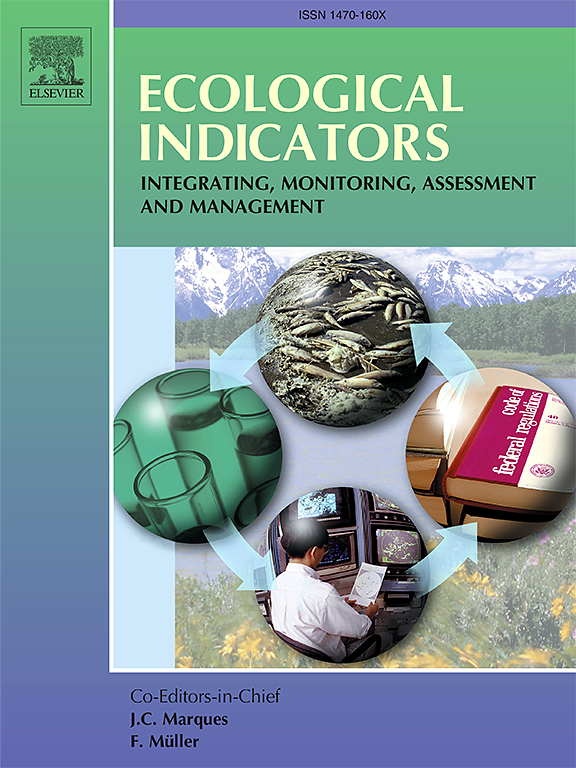
© 2024 Elsevier B.V.
Quantifying Ecosystem Services of Rewetted Peatlands
The MoorFutures methodologies
- Publication
- Citation
Tanneberger, Franziska et al. (2024) 'Quantifying ecosystem services of rewetted peatlands − the MoorFutures methodologies' Ecological Indicators 163 (2024), p. 112048. doi: 10.1016/j.ecolind.2024.112048.
Peatlands provide numerous important ecosystem services, including climate regulation through carbon sequestration and storage, water regulation, nutrient retention and wildlife habitat. Despite their importance, healthy peatlands worldwide are being reduced and degraded by around 500,000 hectares every year, resulting in significant CO₂ emissions and the loss of other key services. MoorFutures®, launched in 2011, is a standard for generating credits through peatland rewetting that has developed methods for quantifying ecosystem services before and after rewetting. These methods include the assessment of greenhouse gas emissions, water quality, evaporative cooling and peatland biodiversity.
Methods for quantifying ecosystem services
The study, co-authored by Aaron Scheid, focuses on the rewetting of the Kieve polder in North-Eastern Germany and uses both standard and premium approaches to assess ecosystem services. Standard approaches are easy to apply and mainly based on vegetation data, while premium approaches offer higher accuracy through measurements or modeling. The results showed a significant reduction in CO₂ emissions from 1,306 to 532 tons of CO₂ equivalents per year, a reduction in nitrogen release from 1,088 to 359 kg per year and a significant reduction in heat flux from 6,691 to 1,926 kW after rewetting. Five years after rewetting, the values remained stable, with biodiversity increasing from very low to high, but still below expectations.
Significance and transfer of results
The MoorFutures methods have shown that rewetting has positive effects on reducing greenhouse gases, improving water quality and cooling, which underlines the importance of such projects for climate protection and biodiversity. These methods, developed in northern Germany, can be adapted to other regions and provide a basis for the development of regional products for the commodification of ecosystem services. The integration of ecosystem services into carbon markets can provide a competitive advantage and contribute to the achievement of local and global environmental goals.




